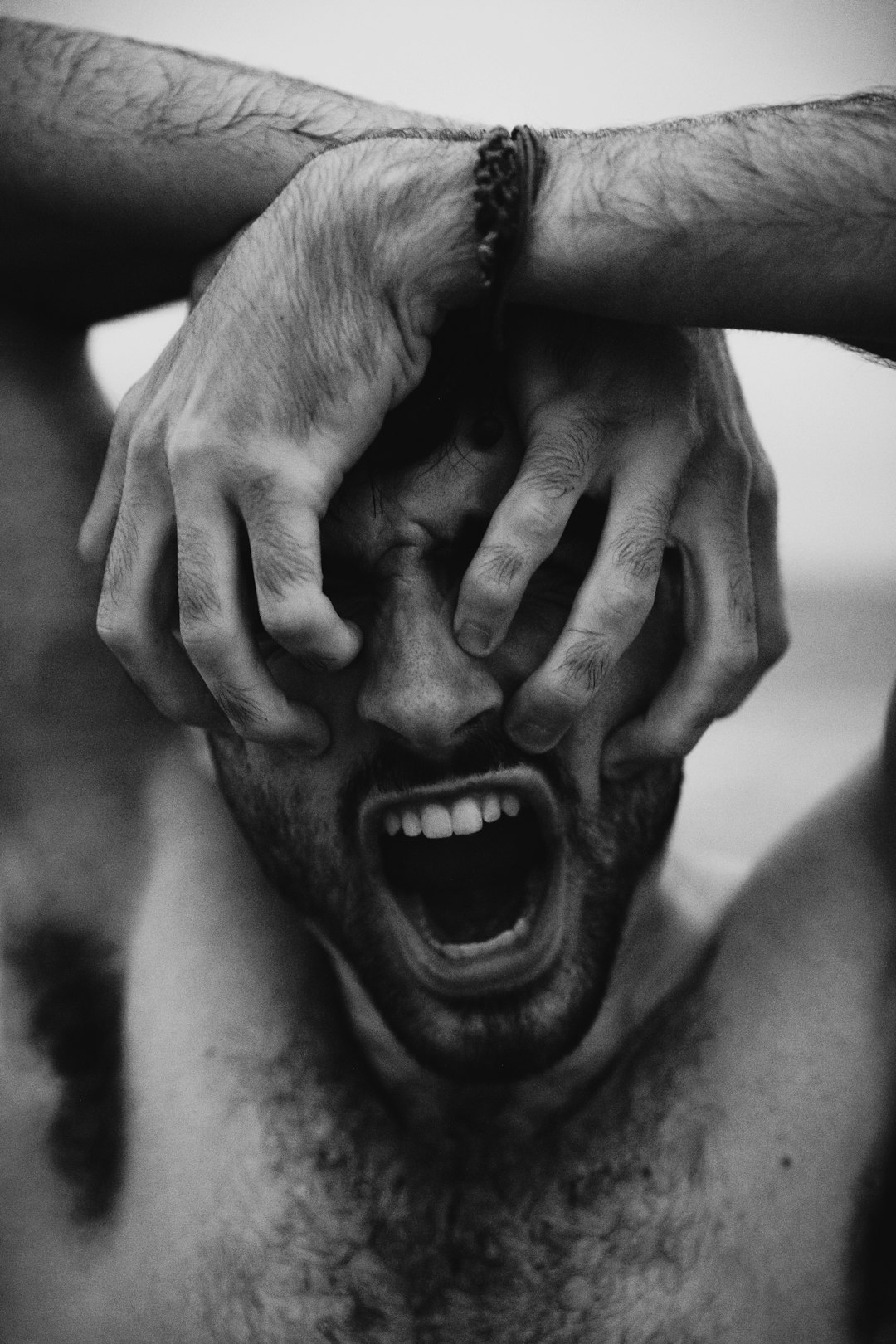In the previous post I've written a little bit about unexpressed emotions, feelings (energy) trapped in the body's musculature system. In this second installment I'll share how to deal with it at the body level.
There is a number of exercises that can help release the tension within the body if practiced consistently. They are part of work of Alexander Lowen and others called Bioenergetics/Bioenergetic Analysis/Bioenergetic Therapy.
If you want to know more about Bioenergetics have a look at Devaraj's Body Based Therapy website. You can find a lot of good information on there, some good practical stuff, book a workshop or a One-To-One Session if you're in UK, alternatively online. I highly recommend looking through a vast array of bioenergetic excercises on Devaraj's Youtube channel.
Right now, I'll share two of the exercises that I found helpful. These exercises are best done one after enother.
#1 The Bow:
Instructions:
Stand with feet slightly wider than shoulder width apart, perhaps 18 inches. Keep the outside edges of the feet going straight out (which will point the toes inward somewhat). Make a loose fist with both hands and reach arms around to push into the small of the back. Bend both knees deeply but keep heels on the floor. Arch backward so that shoulders go back and pelvis goes forward. Keep weight on the balls of the feet. The idea and ideal behind this exercise is to assume a smooth curve or 'bow' Remember to breathe into the belly. As the body loosens up over time vibration will start to happen. Try to hold the position for at least a minute. Follow up with the forward bend (next exercise).
Rationale: This is a 'stress' position. Part of the way it works is:
- it will not be comfortable at all until the muscles tighten and
- as some of the unnecessarily engaged muscles fatigue, it is possible that a person will sink into the position better. The exercise also increases breathing, opens the chest. And it obviously challenges a tight pelvis, especially one which is 'cocked back' (Lowen's term, referencing the bottom of the pelvis) or said differently, tipped anteriorly (mainstream physical therapy, referencing the top of the pelvis)
#2 Forward Bend:
Instructions:
Stand with bare (or at least stocking) feet about 10 inches apart or slightly less than shoulder width. Have the outside edge of the feet going straight ahead which will make the inner edge of the feet appear to be angling in slightly toward each other. Keep knees bent slightly.
Bend over forward until fingertips lightly brush floor.
Bend the knees as much as needed to get hands to the floor. Use hands only for contact--do not put any weight on them. Let the head drop as much as possible, that is, let the head hang.
Try to keep weight over the balls of the feet. If the heels are slightly off the ground try pushing them down and simultaneously pushing the hips up by straigtening the knees. Do not straighten knees all the way or lock them. Remember to breath. Making sounds enhances the exercise. See if it is possible to curve the upper torso. If the torso is too straight, balance will force the butt back behind the feet, but as much as possible the hips should be over the feet. Allow any vibrations to occur in the legs
Rationale: The most basic component of armoring is a chronic shortening of the large extensor muscles involved in the startle reflex - the calves, the hamstrings, the back and posterior neck muscles. This exercise directly addresses that tightness.
Letting the head go is very difficult for some people. It represents loss of control and vulnerability. During the exercise, it is not possible to scan the surroundings for possible threats.
Also gravity and stress tend to compress the body from top to bottom, and combined with exercises that bend the other way, this exercise helps lengthen the body. Increase in length helps with flexibility because it is partly the bunched up state of the average body that is responsible for widespread inflexibility.
The important thing here is to breather deeply through the mouth, to engage the nervous system. This will help the body release the tension.
Another important aspect is to feel the body, really engage with the exercise, stay present, feel the body.
Keep checking whether the posture is correct, don't slack off, engage.
Stay with it.
Be consistent.
Persevere...
Exercises text source: [Finding Feeling and Purpose](http://reichandlowentherapy.org/Content/Practices/index.html)
